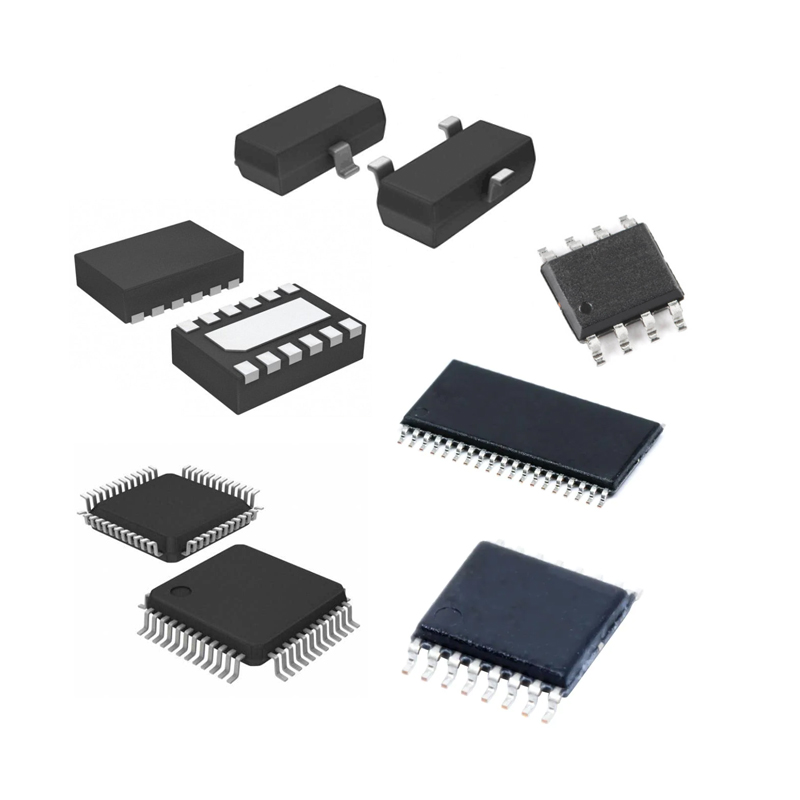Bare Dies vs. Chips: Understanding the Distinction and Applications

The difference between bare dies and chips lies in their distinction yet close relationship.
Firstly, a bare die, also known as a bare chip or die, is a small piece of integrated circuit without packaging, made from semiconductor materials. During the manufacturing process, integrated circuits are typically produced on large semiconductor wafers, which are then diced into several square pieces, each referred to as a bare die. In other words, a bare die is a chip that has not been encapsulated after being cut and tested from the wafer. It only contains bonding pads for packaging and cannot be directly used in practical circuits. Additionally, bare dies are highly susceptible to external factors such as temperature, impurities, and physical forces, making them prone to damage.
On the other hand, a chip, broadly speaking, refers to a silicon wafer containing an integrated circuit, which is small in size and often constitutes a part of computers or other electronic devices. After encapsulation, it can be directly used in practical circuits. Encapsulation not only serves to house, secure, seal, and protect the chip but also enhances its thermal conductivity. Therefore, encapsulated chips exhibit better chemical stability and electrical performance.
Thus, the primary difference between the two lies in whether they have undergone encapsulation. The bare die is a phase in the chip manufacturing process, while the chip is the final product after the bare die has been encapsulated. In practical applications, chips are more stable and secure due to encapsulation, allowing them to be used directly. Bare dies are mainly used in specific scenarios such as research and testing.
Bare dies and chips find extensive applications in the semiconductor industry.
Firstly, bare dies are an essential part of the semiconductor manufacturing process and have a wide range of applications. They are commonly used in various fields such as consumer electronics, telecommunications, computers, automotive electronics, and medical electronics. In consumer electronics, bare dies are often used as core chips in products such as smartphones and tablets. In the telecommunications field, bare dies can be applied to telecommunication base stations and optical communications. In the computer field, bare dies can be used in high-speed servers and data centers. Additionally, due to their advantages of good sealing and resistance to temperature and pressure, bare dies have also been widely used in automotive electronics, where they can be used in various control modules. In the medical electronics field, bare dies can be used in medical device testing, patient monitoring, and treatment.
As for chips, being a crucial product in the semiconductor industry, they have even broader applications. Chips are indispensable core components in modern communication devices, widely used in products such as smartphones, televisions, and routers to achieve high-speed data transmission and digital signal processing. In the computer field, computer chips are the core of digital computation and data processing, directly affecting the speed and stability of computers. Additionally, with the popularization of smart home lifestyles, chips are also applied in the smart home field, providing core support. In the field of artificial intelligence, the highly integrated, high-speed, and low-power advantages of chips make them an important component of applications such as image and speech recognition technology.
In conclusion, bare dies and chips are closely linked in the semiconductor manufacturing process, with bare dies being a part of chip production and chips being the final product after bare dies are encapsulated. Bare dies and chips have extensive applications in the semiconductor industry, playing important roles in different fields and driving the rapid development of the modern electronics industry.
Eurotech is a worldwide supplier and exporter of electronic components, specializing in ICs, LCDs, Memory, Chips, computer parts, networking equipments and other passive components.
Tel: (86) 755 83952292
E-mail: global08@eurotech-ic.com
https://www.eurotech-ic.com/